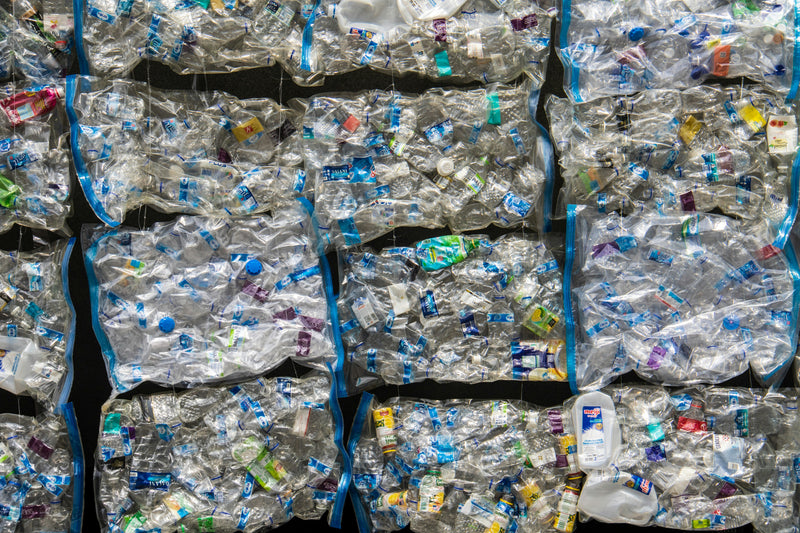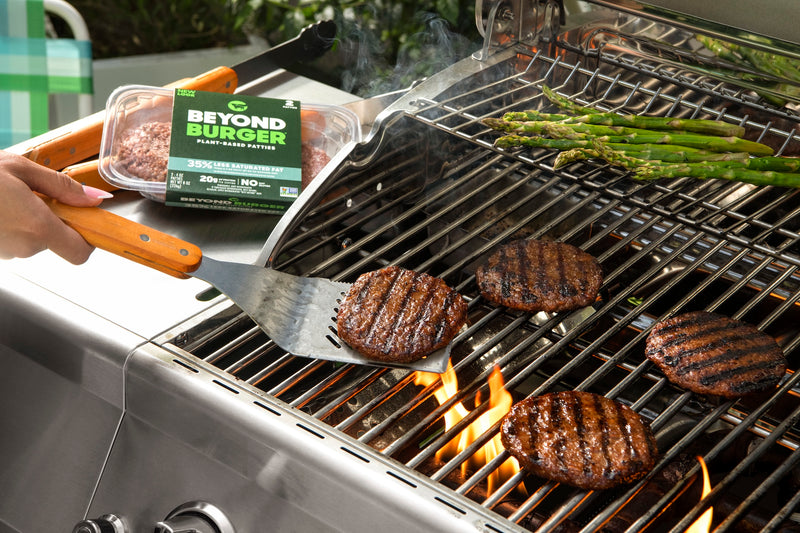Hope you like the taste of plastic.
Because there’s a dash of microplastics in nearly every aspect of our food system.
Let’s discuss.
Plastic is omnipresent
Synthetic plastic was first invented in the early 1900s, and people loved the stuff. It was cheap, easy to make, relatively strong, and highly adaptable.
The problem is that plastics take at least 450 years — or much longer — to fully decompose. That means the first plastics ever made are still somewhere on Earth.
Adding to the challenge is our insatiable appetite for plastics. We made 1.7 million tons in 1950 and now manufacture more than 400 million tons annually, equating to more than $600 billion in sales in 2021.
What are microplastics?
Microplastics are pieces of plastic smaller than 5 millimeters. In the process of decomposition, sunlight, wind, and water break down plastic into ever smaller pieces, creating microplastics.
Nanoplastics are even smaller — measuring in at less than a micron and are invisible to the human eye. Nanoplastics are suspended in the air we breathe and can make their way into fruits and vegetables via plants’ root systems.
You are what you eat
Microplastics are now found virtually everywhere in our environment — from the depths of the oceans to remote Arctic tundra to the very air we breathe.
Various studies show that microplastics are found in beer, wine, rice, table salts, honey, bottled water, fruits, and vegetables. A 2017 study found that 83% of tap water samples from around the world contained microplastic contamination.
Bottom line
We’re constantly eating plastics. One study suggests that the average person eats about 5 grams of microplastics per week — roughly the weight of a credit card.
While there’s still much to be learned on the health implications, microplastics exposure is likely not great for your body. Some studies suggest that microplastics may disrupt hormones and lead to an increased risk of chronic diseases like type 2 diabetes and heart disease.
 Reducing exposure
Reducing exposure
It’s tough to avoid microplastics, but here are some steps to limit exposure:
- Avoid plastic-packaged foods. Opt for products with eco-friendly packaging or those sold in bulk.
- Replace plastic grocery bags with reusable totes and produce bags.
- Choose plastic-free alternatives. While they’ll likely come at a higher cost, you can buy plastic-free options for staples like peanut butter and yogurt.
- Opt for loose-leaf tea. Replace plastic tea bags with loose tea leaves.
- Use a reusable water bottle whenever possible.
- Minimize household plastics by gradually eliminating plastic products like shampoo bottles and bubble wrap.




